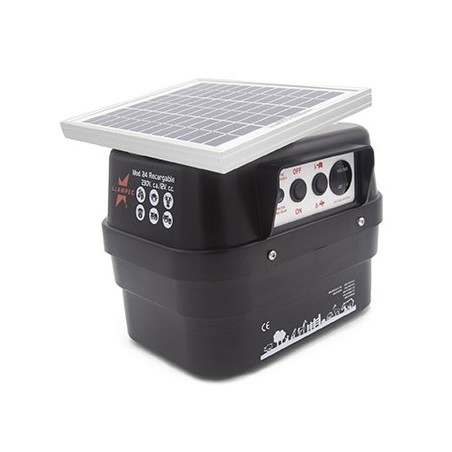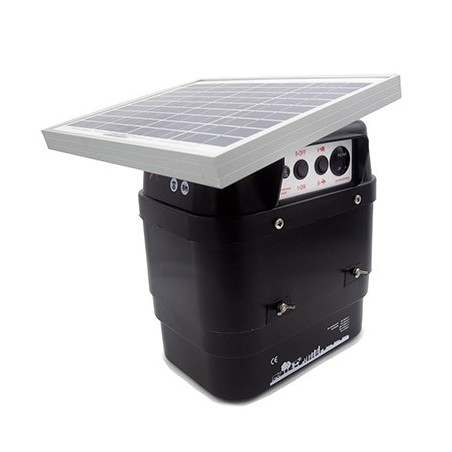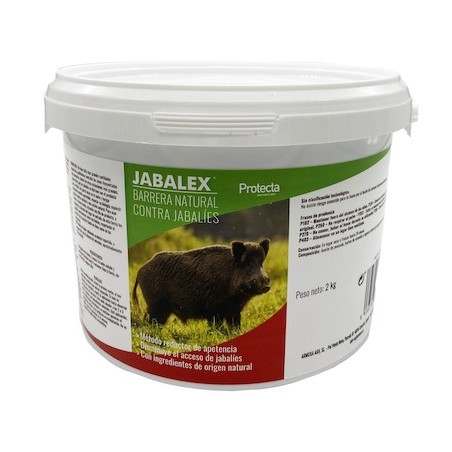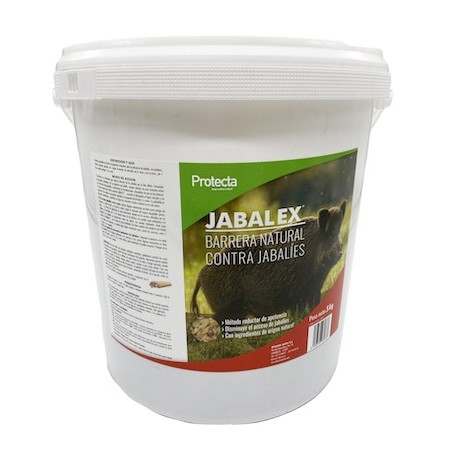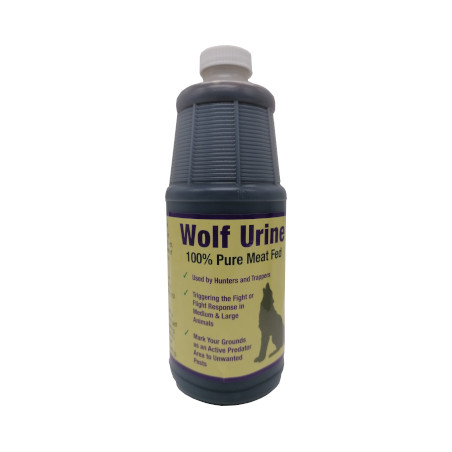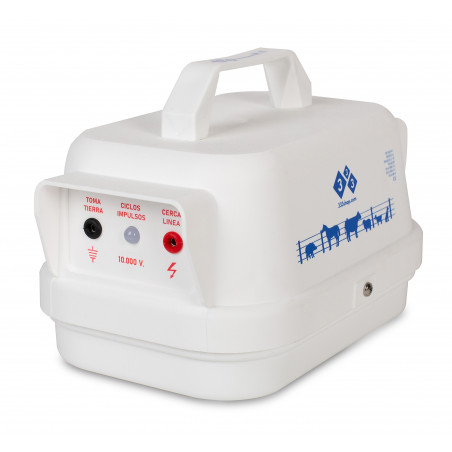1) What are the best measures to protect pig farms from the spreading of infections from the wild boar population?
If we need to build a new farm, it would be preferable to keep away from forest areas or riverbanks, as well as cornfields and irrigated fields or other elements that are attractive to wild boars.

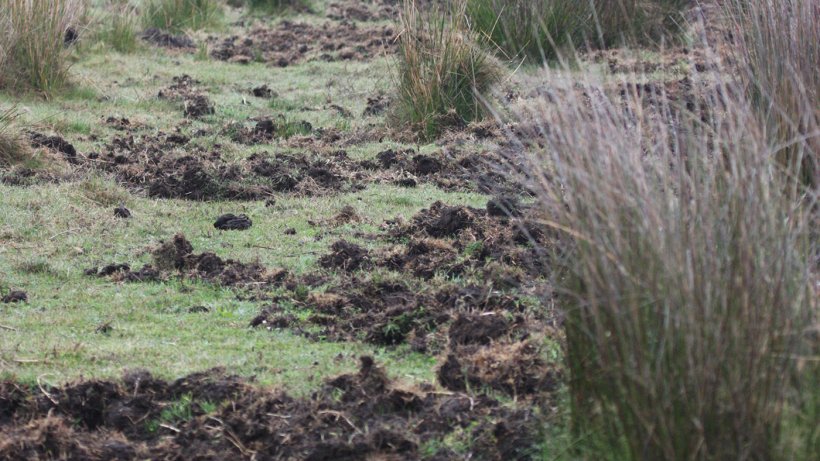
Photo 1: Rooting marks show the presence of wild boars. It is preferable to build new pig farms away from forest areas or riverbanks, as well as cornfields and irrigated land
In addition, the farm should have high biosecurity measures, including a double perimeter fence. That perimeter fence could consist of a first simple barrier (e.g. a strong and high wire mesh fence pinned to the ground). The second fence, 5 meters inside the first one, would ideally have a half-a-meter-high concrete or brick base in which a second metal fence would be embedded. The space between both fences and their vicinity should not be attractive to wild boars, so it is advisable to eliminate spontaneous vegetation. There must be cattle guards in the access gates, that is, pits with bars that allow the passage of vehicles or people but not of wild boars and other terrestrial fauna.
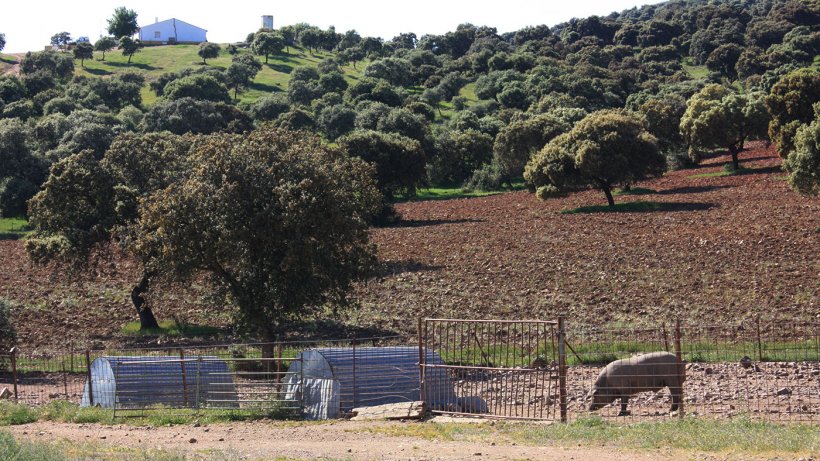
Photo 2: A pig kept behind a simple fence in a forest area. The probability of contact with wild boars is high.
Thereon, extreme care must be taken regarding the entrance of potentially contaminated people, materials and food. The biggest problem is to be found on outdoor farms and those that take advantage of natural pasturelands. On these, it is more difficult to avoid direct or at least indirect contact between pigs and wild boars. A project carried out by the IREC (Institute for the Investigation of the Hunting Resources) in collaboration with the University of Córdoba explores options to improve biosecurity in outdoor pig farming (e.g. finding ways to distribute and supply water and feed that are less attractive or accessible to wild boars).
2) Regarding hunters who have pigs, or pig farmers that hunt wild boars, can they infect their animals with this activity? What measures should hunters / farmers take to minimize this risk?
Hunting is important: someone must limit the growth of this pest species. At the current rate, the wild boar population will double in less than a decade. But certainly, hunters can take measures to reduce some important health risks.
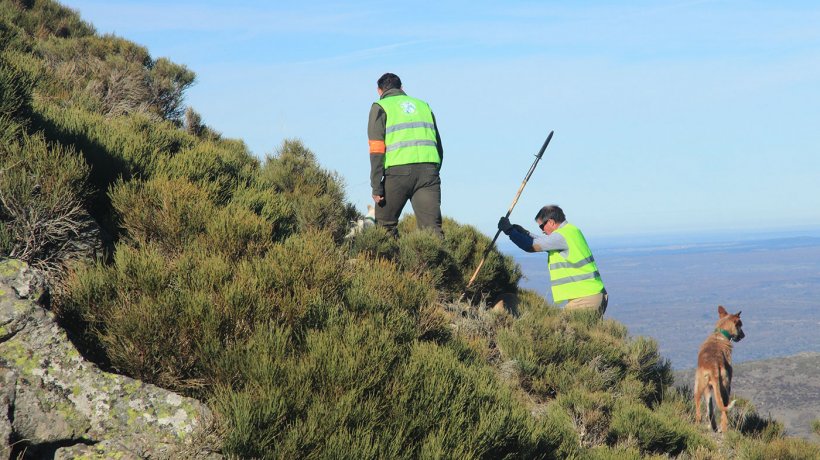
Photo 3: Hunting is key for the control of wild boar populations, but it also poses a health risk if the viscera and remains are accessible to wild boars or if the materials used enter pig farms.
First of all, viscera and other offal from hunting should never be abandoned in a way that is accessible to wild boar (or even pigs), or to carnivores, as this perpetuates the cycle of many diseases, such as trichinellosis, tuberculosis or swine fevers.
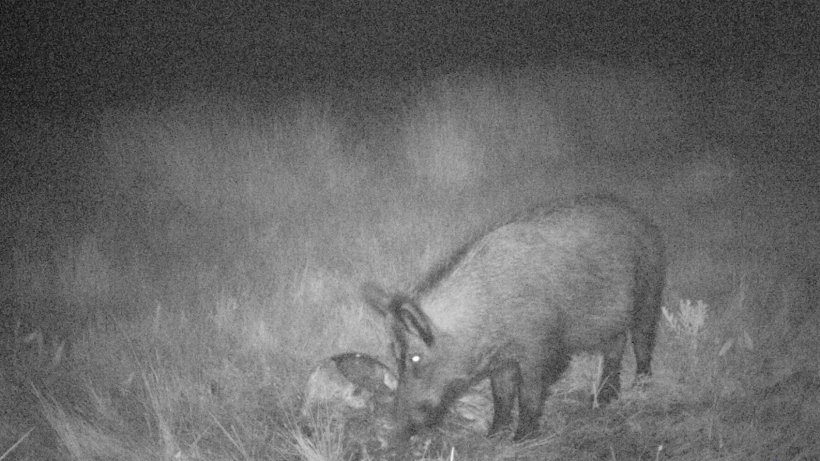
Photo 4: Photo traps allows to find out the use that wild boars make of carcasses and hunting waste. It is important to avoid that the hunting remains are accessible to wild boars
To avoid the possibility of leaving wild boar carcasses behind in the fields it is important to add value to game. In this way, the carcasses will be inspected and butchered, and an appropriate treatment will be given to offal (in vulture feeders, if necrophagous birds are abundant, or through their collection and disposal).
Secondly, it is important to remember that contact with wild boars is even more dangerous from a health viewpoint than a visit to another pig farm. However limited, the health control of a pig farm will always be managed better than the health status of wild boar. The hunters-farmers must take even more precautions than they would when visiting another pig farm when handling wild boars: they must use clothing, footwear and specific materials for hunting that are always different from those used for the farming activity. Do not use for hunting or the dressing of carcasses materials (trays, tools) or vehicles that may be used on the pig farm. It is important to maximize the cleanliness, and never introduce into the pig farm food, animal remains or potentially contaminated materials. Dogs should not enter the farm either.

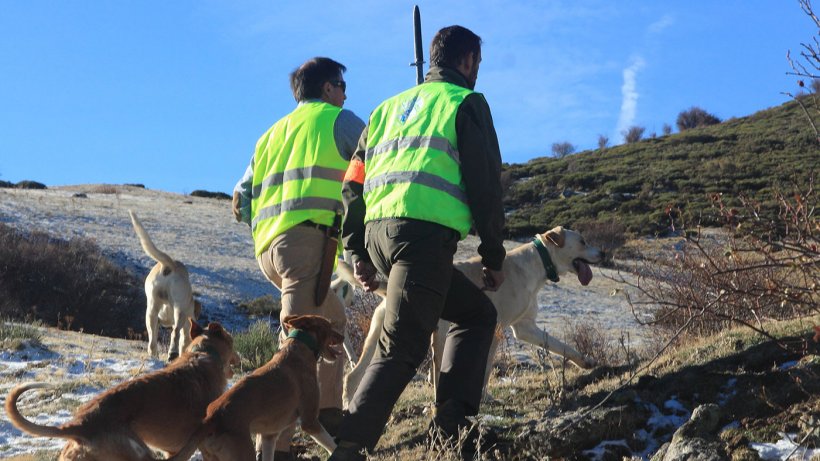
Photo 5: Hunting is necessary, but dogs should not have access to the farm.
Some African swine fever outbreaks on pig farms have been epidemiologically associated with the use of straw or hay, possibly contaminated with faeces or remains of wild boars. In other cases, infections have occurred because of feeding the pigs with food waste, such as, presumably contaminated bacon, or pork or wild boar meat sausages.
Final recommendations
The diseases shared by livestock and wildlife involve many actors, mainly farmers, but also hunters and different public administrations. The main recommendation, therefore, is to address these challenges together. The first key action is to implement good population and health status monitoring programs, not only for livestock but also for wildlife (wild boars in this case). From here, the possibilities of intervention on specific problems will depend on the epidemiological situation and the ecology of each disease. The options are clear: bet high on biosecurity, take care of animal populations, or use vaccinations. Normally, integrated strategies, which combine all the tools at our disposal, will be the most successful. The problem is that there are no vaccines available for some diseases, such as African swine fever. Consequently, the only tools available should be emphasized: increase biosecurity on pig farms and take care of wild boar populations.





